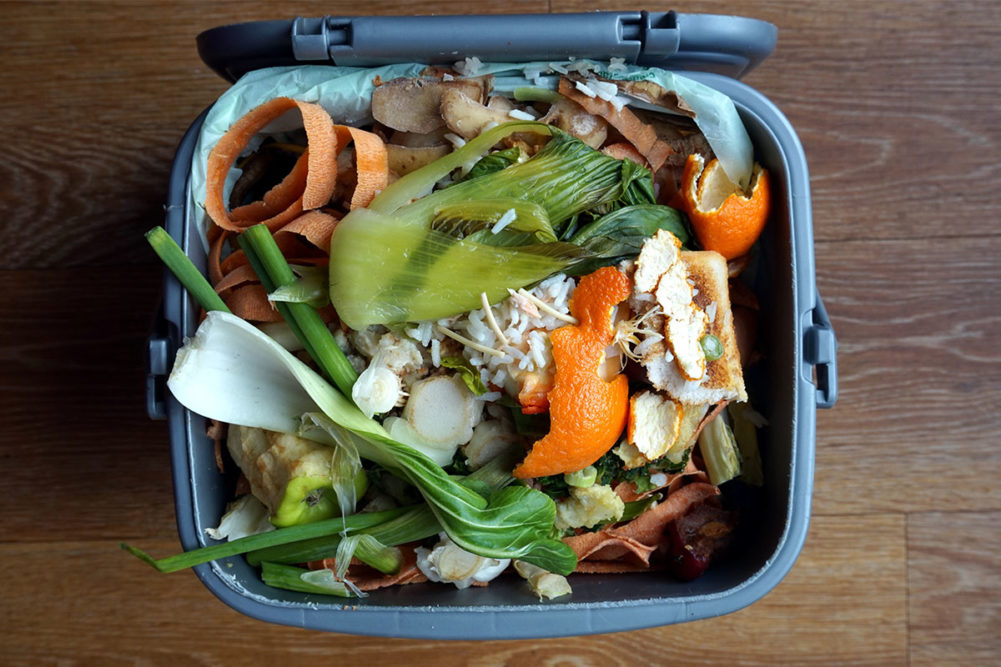WASHINGTON — The US Food and Drug Administration, the US Department of Agriculture (USDA) and the US Environmental Protection Agency (EPA) have published a draft strategy to reduce food waste.
The proposal defines four objectives, along with possible actions the agencies may take, to accelerate progress on the national goal to reduce roughly 66 million tonnes of food loss and waste by 50% by 2030.
“Through this Draft National Strategy for Reducing Food Loss and Waste and Recycling Organics, the Biden-Harris Administration identifies concrete steps—and complementary EPA, USDA, and Food and Drug Administration actions—that will accelerate the prevention of food loss and waste, where possible, and the recycling of the remainder with other organic waste, across the entire supply chain,” the agencies said.
Centered on preventing food loss, the first objective focuses on the production and distribution portions of the supply chain. The agencies recommend developing and continuing policies that result in using a higher percentage of foods produced, citing estimates that value food loss and waste and surplus food at $444 billion in 2021. Possible solutions include whole crop purchasing, improved on-farm storage, upcycling waste streams into agricultural solutions and investments in technology to optimize transportation and handling. Additionally, the USDA said it will continue to research packaging solutions based on renewable materials that may extend shelf life, eliminate pathogens and prevent food loss.
The plan’s second objective focuses on reducing food waste among consumers, retailers and foodservice businesses, which accounts for approximately half of US food loss and waste. Action items range from consumer education regarding food waste, investments in food waste behavior research, expanding food donation programs and developing upstream solutions through private sector partnerships.
The third objective aims to increase the recycling of all organic waste in the United States. Under the proposal, the agencies would use grant programs to create a comprehensive organic waste recycling infrastructure, expand the market for products using recycled organic waste and address contamination concerns within the recycling stream.


